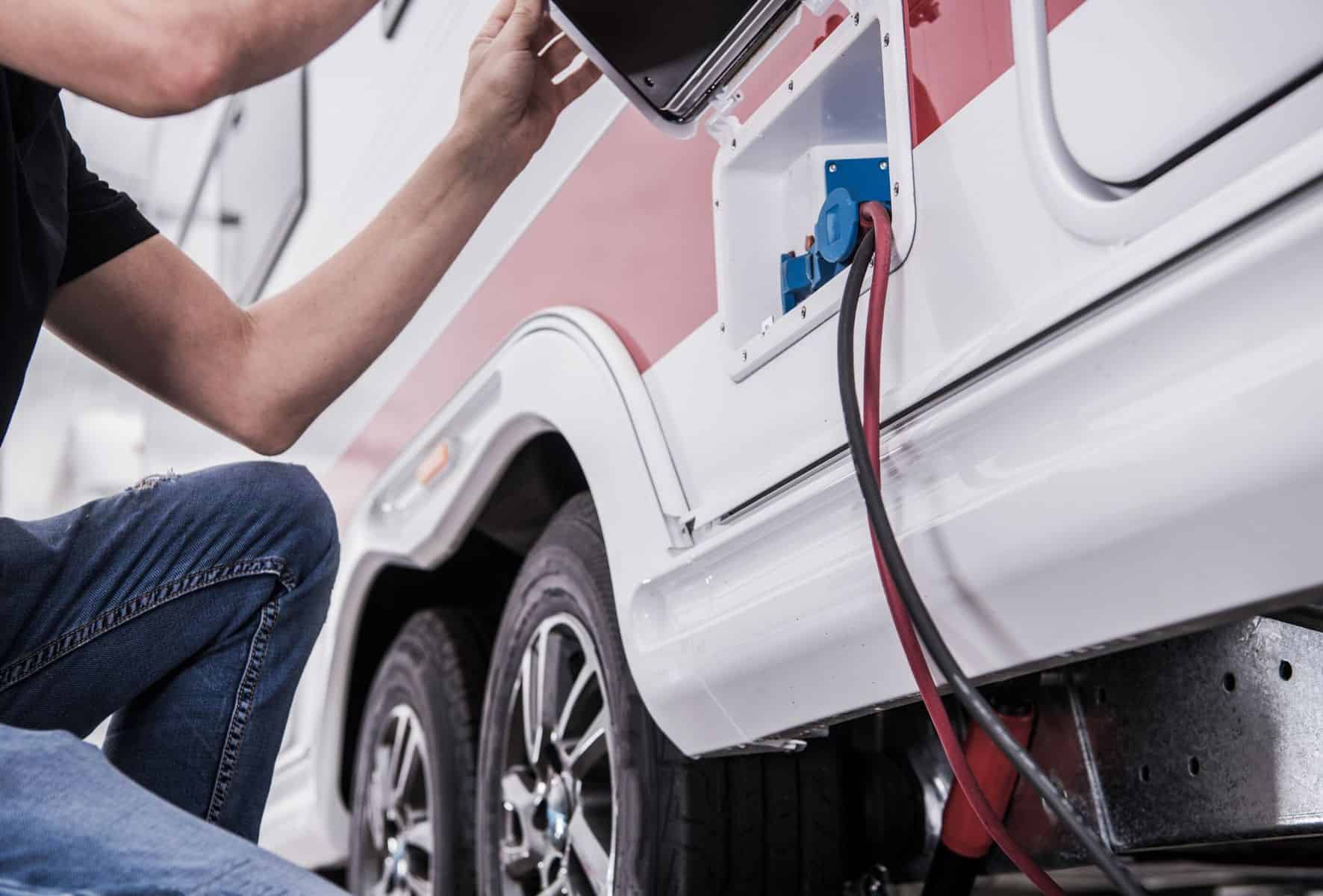Need an RV plug to keep your motorhome powered constantly? Is wiring a 30 amp RV plug in your list of to-do things? Thinking about how costly these works could get? Well, we have got you all covered.
Understandably, keeping your machine power puffed is a dire need of any RV owner, and why spend money every time at charging parks when all you have to do is get a 30 amp power plug right at your property? It is easy to do and super cost-effective.
Read along as we uncover the multiple veils of hidden costs and prices in installing a 30 amp RV plug at your house, with almost all the accurate price estimations.
What is the Cost of Installing a 30 Amp RV Plug?

Without beating the bush, we bring you the magic numbers. What you are looking for is a meager spend of around $1000 to $1200, depending upon the area you live in, the extra spending like the expense of the mounting posts, cable running, electrical wiring, and finally installing your RV outlet.
The Cost Breakdown and its Factors
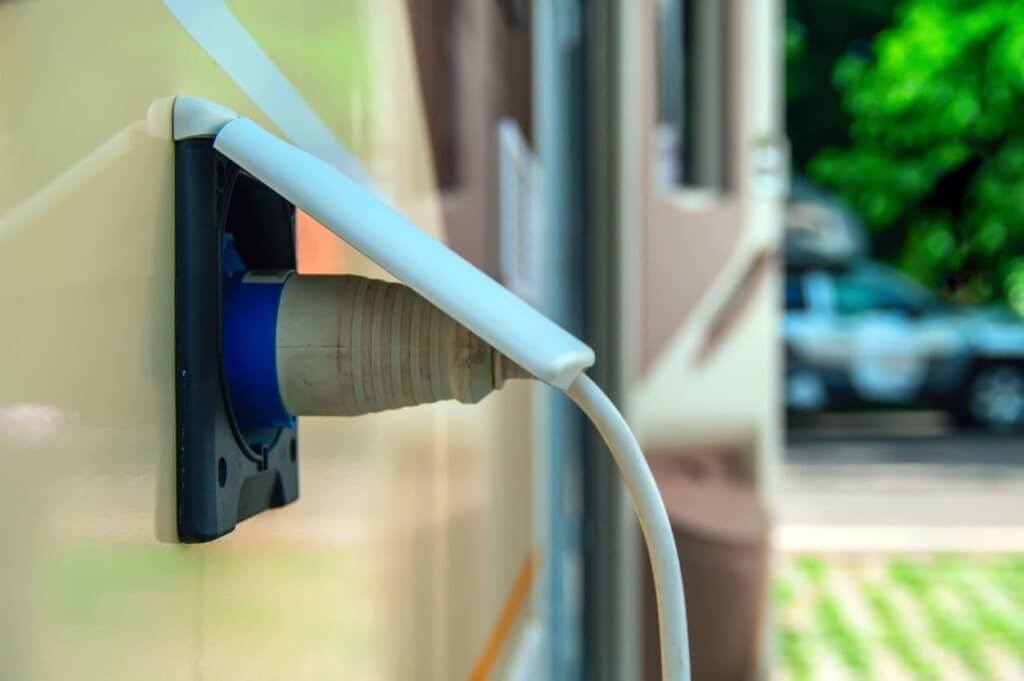
Almost all Recreational Vehicles, or RVs at some point in time, use a 30amp RV plug, and riding off to charging stations is not a very bright idea. Instead, adding a 30 amp RV plug at your property is, of course, the best and most convenient, cost-effective choice.
Getting a 30 amp plug for your RV at your house may cost you a little while to install, but it is a long-lasting fruit-giving tree. Let’s understand by breaking down the cash consumption to understand and estimate the exact cost of installing a 30 amp RV plug.
1. The Power Outlet Location
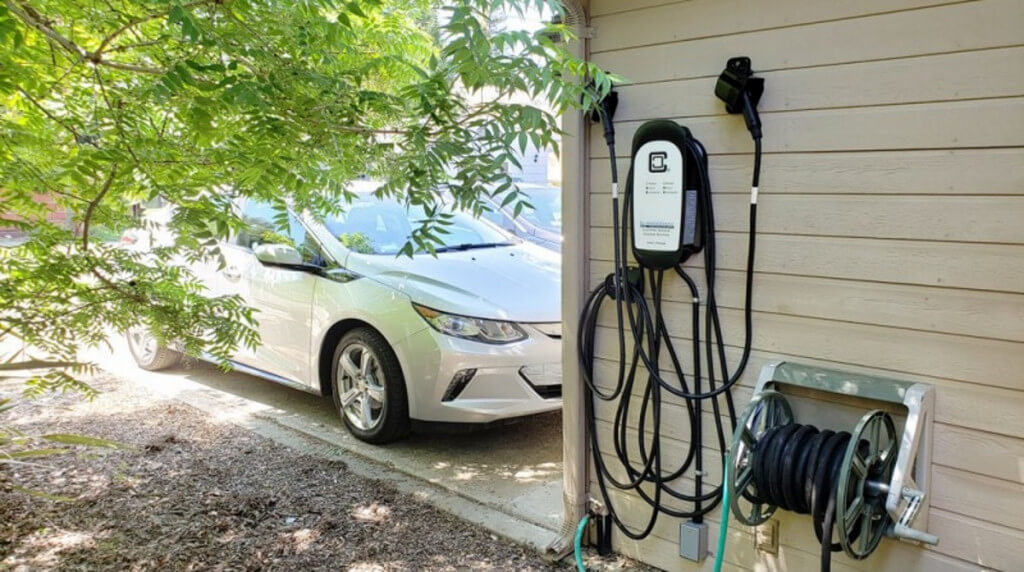
There are many things at play here. For example, determining your installation location. If it has an underground wiring system, then your spending will drop to great levels or else. Otherwise, if the wiring is in the open, you will need an overhead cable, which will cost you a little extra. Similarly, with overhead cable, there is a dire need to install a port to mount the box, which, again, will dump in extra expenses. However, if you are mounting your 30 amp RV plug directly on your house wall or garage wall, the pole costs will get substracted, giving off a rather cheaper price list.
2. Installation Charges
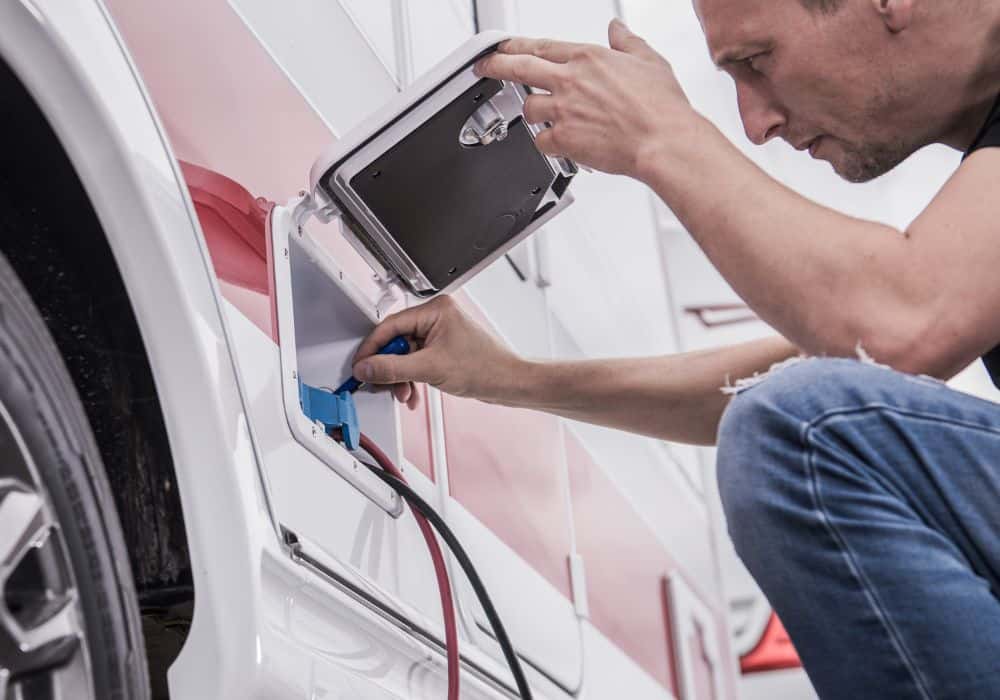
Electrical works call for professionalism; as for a noob, they can be pretty dangerous. If you have the handyman’s spirit, then there is a green GO for you, but otherwise, our recommendation is to hire a professional to do the job. Their fees depend directly upon the area you are living in, but to have an estimation, regular electricians charge around $50-$200 per hour, and installing a 30 amp RV plug takes no more than half a day of work.
3. Electrical Supplies
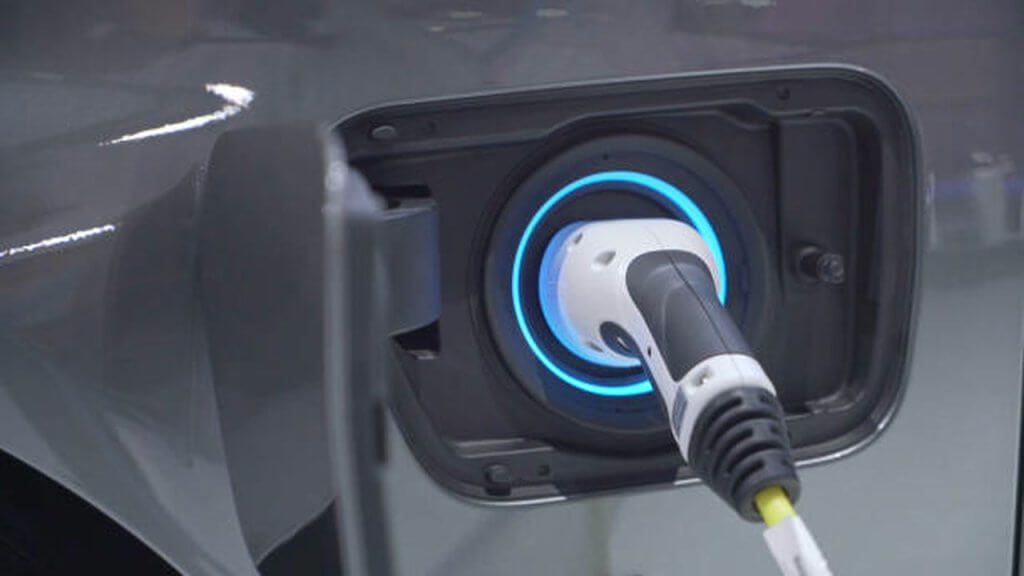
Any electrical work, such as mounting a 30-amp RV plug, calls in for electrical supplies, like switches, wires, MCBs, and whatnot. Also, this is the section where half of your expense goes. Consider a lump sum of $200 when it comes to electrical supplies. Don’t worry, and we are breaking this down as well for you.
1. Electrical Wires
An electric cable or wire is what you must purchase straight away. This wire will be used to connect your circuit breaker box with the RV’s hook-up, and the farther they are, the more wire you’ll need. We always prefer buying wires from branded and good companies, which won’t charge you more than $2 to $5 at most.
2. Mounting Post
If you are mounting your RV plug on your house wall or garage wall, then this section is not for you. Otherwise, if your heart is set on installing it away from these places, you need a mounting post, and there are options that you can explore. You can go for 8-foot, 10, or 12-foot mounting posts, for which you must keep in mind that you will need a trencher to dig down the ground, which again will cost you extra. You can go all shovel, but that requires great grand labor. SImplest mounting posts can cost you around $15 to $50.
3. Electrical Box
The next most important thing is an electrical box. This is the powerhouse extending from your house’s main power source and where you will be plugging your RV. A good quality electrical box must be your choice because, in case of short circuits or power dripping, bad ones tend to go up in flames. A branded, good-quality electrical box will cost you around $60 to $80 at most.
4. Circuit Breaker
A circuit breaker is like the heart of an electric box. You will need an additional circuit breaker to go inside your electric box, costing you around $10 to $40, depending on the type and model you pick.
4. Permits and Approvals
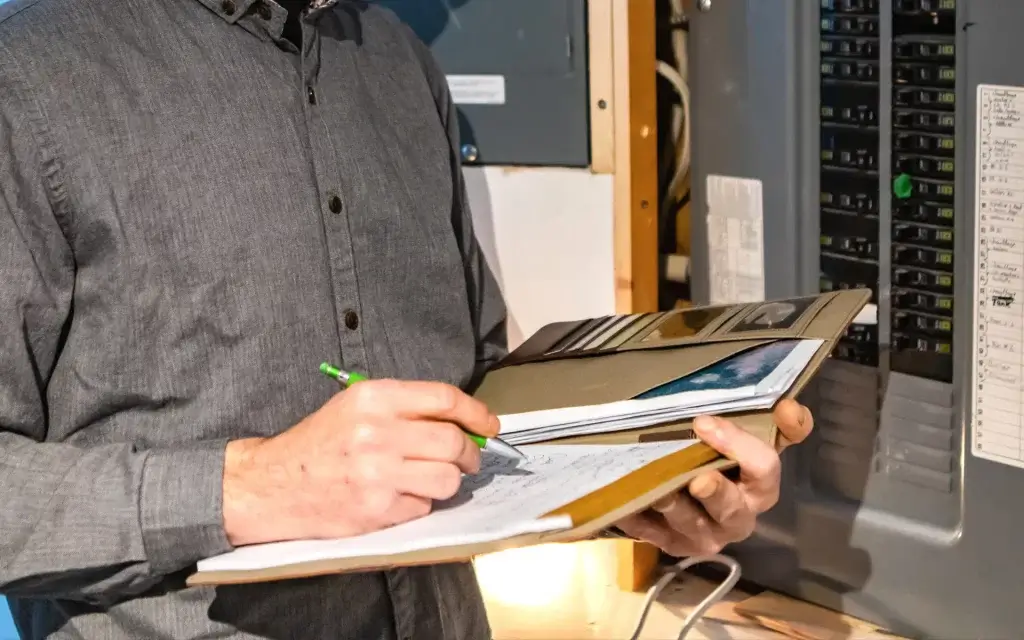
The bold line “PERMITS ARE UNAVOIDABLE.” After you are done installing a 30 amp RV plug, you have to call in the authorities for inspection and surveys. This will charge you an extra bit, up to $200, again depending upon the area you are living in. Sometimes, depending upon the county, they don’t charge a penny, but other times, they get ready to lose up to 200 dollars.
If you are thinking of skipping this, you must strike out the opinion at once. Going without approval will land you in legal battles and offenses, fining much more than 200 dollars, with an inclusion of your name in bad books. Therefore, having said earlier, “PERMITS ARE UNAVOIDABLE.”
Wrapping Up
On totalling all the breakdown costs, with the addition of approval charges and other necessary its and bits, the final estimate we get is an expense of $1000 to $1200, of course a rounding off figure. Expect to pay this amount to get yourself a 30-amp RV plug right at your house.
Our recommendation is to perceive it as a long-term investment and not just a plug for your RV. Spending these thousand dollars will aid your lifetime and is fairly less than what you spend every time you go to a charging station.
With such descriptive blogs, we aim to help you out in the best possible manner, and hence, we have summarised everything important here to guide you in a better and more detailed manner.
We will soon be back with more such amazing insights on RVs and their maintenance, but until then, ADIOS!

